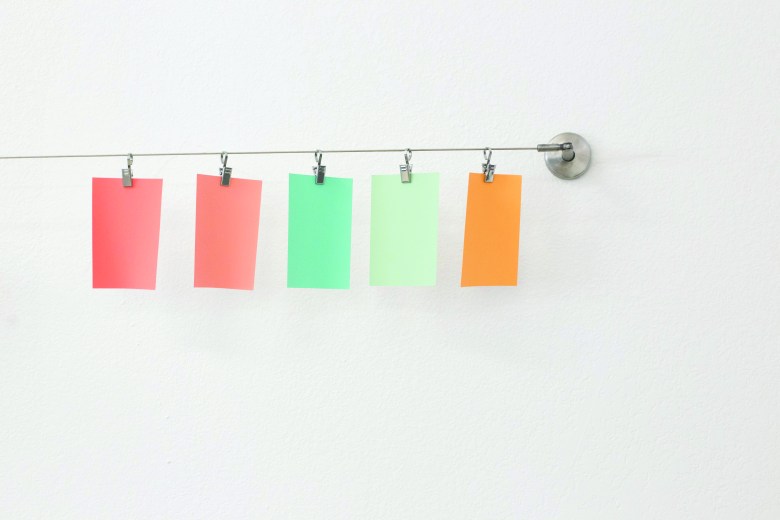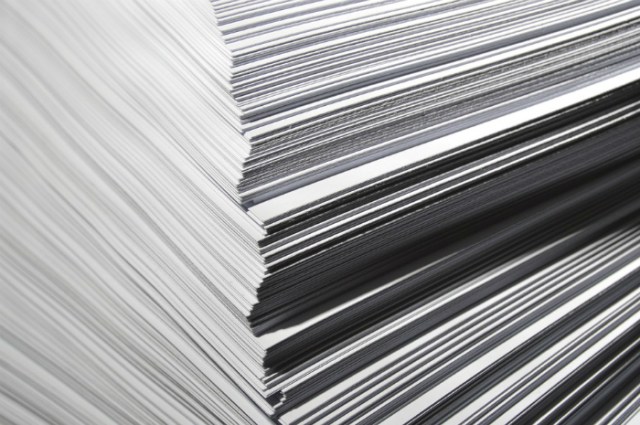
It is a fact we can no longer deny – paper price increases are here and likely here to stay. The questions are, what risk does this play for the printing and communication paper supply? How can printers manage the message? What if customers can’t afford the increases? How do we help?
Retailers, with large investment in print marketing channels, are watching this space closely and how the industry responds will be critical to holding stable, and yes profitable, print volumes.
Marketers have realised the return on investment of print marketing, most notably, the channel is delivering higher returns than digital channels. The demand for print is lifting and therefore the supply and demand scales may balance – as economics go, when demand outweighs supply, prices go up and vice versa.
With that in mind, these price increases do not come as a shock to the sector, 2016/17 saw a significant downsizing of paper production globally. Some argue the paper mills have gone too far as now we have higher demand than there is supply. Time will tell. However, fear not as we have the facts, answers and tips to ensure every printer can survive the paper price pressure.
THE FACTS
The expectation is that there will be three price increases throughout 2018. The first increase was implemented in January seeing an increase in price for sheets and reels. The next increase for sheets (commercial print) will be a 5-8 per cent rise from the April 1, which will impact the Australian and New Zealand markets by June. In July, reels are also expected to increase by 5-8 per cent which is set to impact the Australian and New Zealand markets by September.
THE WHY
Now that we have the what, here is the why. Pulp and paper price increases are due to a range of levers being pulled and the increases will affect all grades and all regions globally. The banning of mixed paper imports and the closure of polluting pulp mills (small and old) in China, as well as import/export exchange rates and supply/demand ratio shifts are just a few of the driving influencers increasing the rise in prices.
THE TIPS
To ensure a smooth sail through the paper price ups and downs, it is important for printers to consider and implement a Paper Health Check. Work with your customer and examine all their print requirements. Consider each item with the following in mind:
Grammage:
Lowering the grammage can deliver significant savings in both freight costs (lighter to ship) and yield (less pulp = lower cost). Due to having larger populations, the US and European markets print magazines, brochures, flyers and more on lower paper grammage ensuring mass production at a lower cost. Some industry custodians have commented that the Australian market is using too good a grade of paper for single use print and could benefit from reviewing the United States’ and Europe’s footsteps in going lower to reduce the overall paper costs.
Grade:
Reducing the paper grade saves price and applies a fit for purpose approach. For example, Aldi moved from a Light Weight Coated (LWC) to a Super Calendered (SC) when its print volumes increased. This provided more economical buying and Aldi worked with their print partner to push the print craft to deliver a quality finish. This is a good partnership pushing print and design craftpersonship to the fore.
Format:
If a brochure or print piece has always been one size, does it always need to be? Reducing finished size can deliver paper savings, whilst still delivering a high quality and effective document.
This paper price increase is being argued as a moderate correction by the paper mills and merchants. The overall price average, including the price increases being implemented throughout 2018, should still see buyers in front and buying very well for the market size, and in some cases at better prices than larger global markets.
Paper price increases are going ahead and printers will need to work closer than ever with not only their supply chain but also their customers. Printers carrying increased costs of doing business, energy and now paper, must look to other industries and take the learnings – our costs must be passed on. All impacted groups will need to understand each other’s businesses and global positioning, to protect our valuable media sector.
Comment below to have your say on this story.
If you have a news story or tip-off, get in touch at editorial@sprinter.com.au.
Sign up to the Sprinter newsletter


